Economic Factors
Economic factors play a crucial role in shaping the Automotive Retail Market. Economic stability, consumer confidence, and disposable income levels directly influence vehicle sales. In recent years, fluctuations in fuel prices and interest rates have also impacted consumer purchasing decisions. For example, when fuel prices rise, consumers may gravitate towards more fuel-efficient vehicles, affecting the types of cars that retailers stock. Additionally, economic downturns can lead to decreased consumer spending, prompting retailers to adjust their pricing strategies and promotional efforts. Understanding these economic dynamics is essential for retailers in the Automotive Retail Market to navigate challenges and seize opportunities for growth.
Regulatory Changes
Regulatory changes are significantly impacting the Automotive Retail Market. Governments worldwide are implementing stricter emissions standards and safety regulations, compelling manufacturers and retailers to adapt their offerings. For instance, many regions are setting ambitious targets for reducing greenhouse gas emissions, which is accelerating the shift towards electric and hybrid vehicles. Retailers must stay informed about these regulations to ensure compliance and capitalize on emerging opportunities. Additionally, incentives for electric vehicle purchases are becoming more common, further driving demand in the Automotive Retail Market. As regulations evolve, retailers that proactively adjust their strategies will likely gain a competitive edge in this dynamic environment.
Sustainability Initiatives
The Automotive Retail Market is increasingly influenced by sustainability initiatives. Consumers are becoming more environmentally conscious, leading to a rise in demand for eco-friendly vehicles. This shift is prompting retailers to adapt their offerings, focusing on electric and hybrid models. According to recent data, the market for electric vehicles is projected to grow significantly, with sales expected to reach 30 million units by 2030. Retailers are also investing in sustainable practices, such as reducing carbon footprints and enhancing supply chain transparency. This trend not only aligns with consumer preferences but also positions retailers favorably in a competitive landscape. As sustainability becomes a core value for many consumers, the Automotive Retail Market must continue to innovate and adapt to meet these evolving expectations.
Technological Advancements
Technological advancements are reshaping the Automotive Retail Market in profound ways. The integration of artificial intelligence, machine learning, and data analytics is enhancing customer engagement and operational efficiency. Retailers are leveraging these technologies to personalize marketing strategies and improve inventory management. For instance, predictive analytics can optimize stock levels based on consumer demand, reducing costs and increasing profitability. Furthermore, the rise of connected vehicles is creating new opportunities for retailers to offer value-added services. As technology continues to evolve, the Automotive Retail Market is likely to see increased competition among retailers who can effectively harness these innovations to enhance customer experiences and streamline operations.
Changing Consumer Preferences
Changing consumer preferences are a driving force in the Automotive Retail Market. Today's consumers prioritize convenience, transparency, and personalized experiences when purchasing vehicles. The rise of online shopping has transformed traditional retail models, with many consumers opting for digital platforms to research and buy vehicles. Data indicates that over 70% of consumers now prefer to conduct their vehicle research online before visiting a dealership. This shift necessitates that retailers adapt their strategies to meet these new expectations, offering seamless online-to-offline experiences. As consumer preferences continue to evolve, the Automotive Retail Market must remain agile, ensuring that retailers can effectively cater to the diverse needs of their clientele.


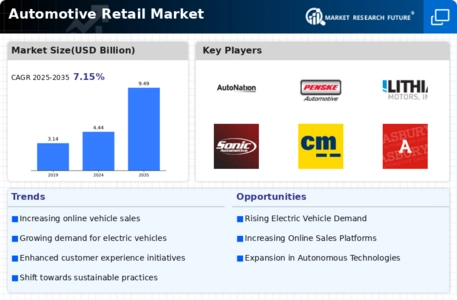
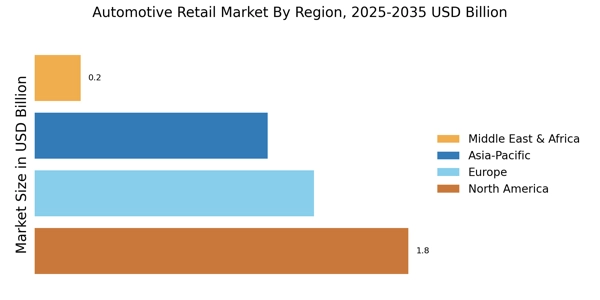
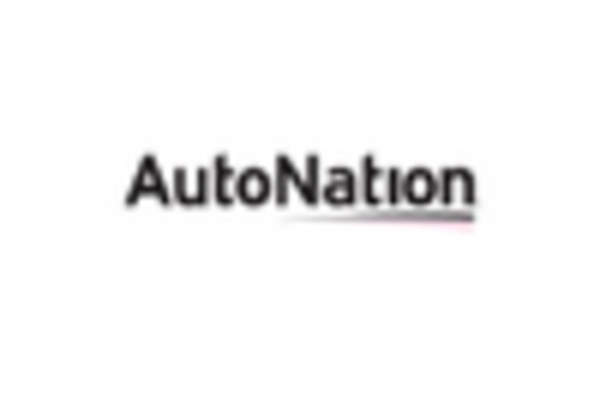
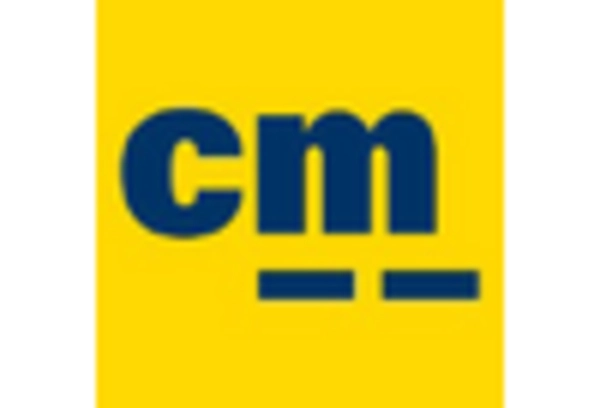
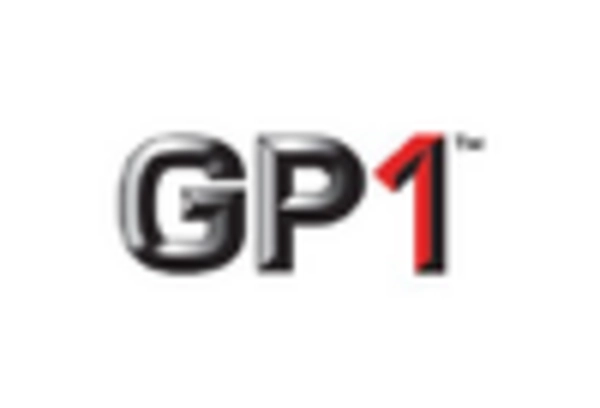
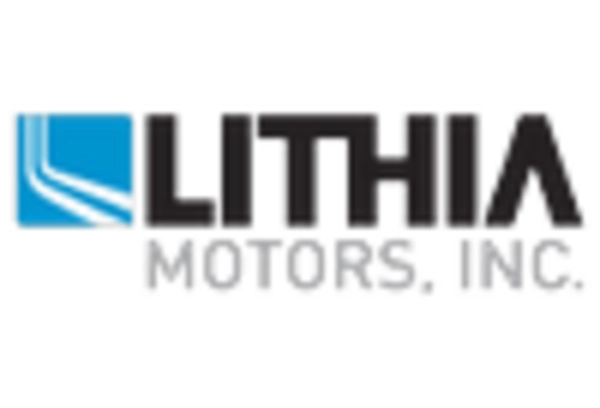
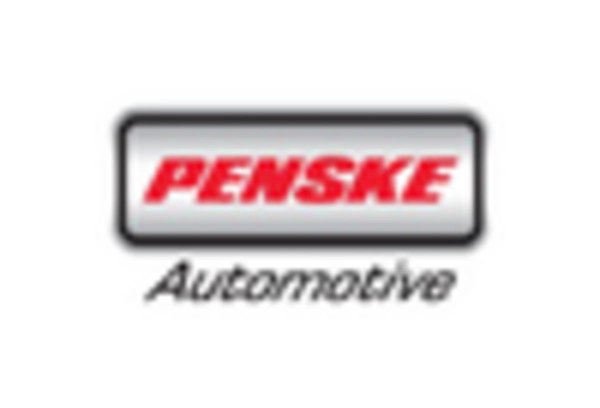
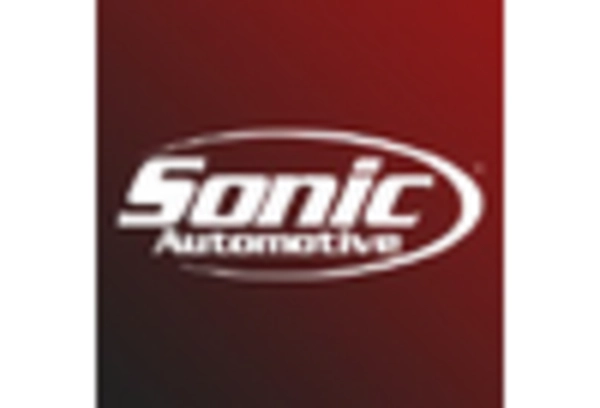








Leave a Comment